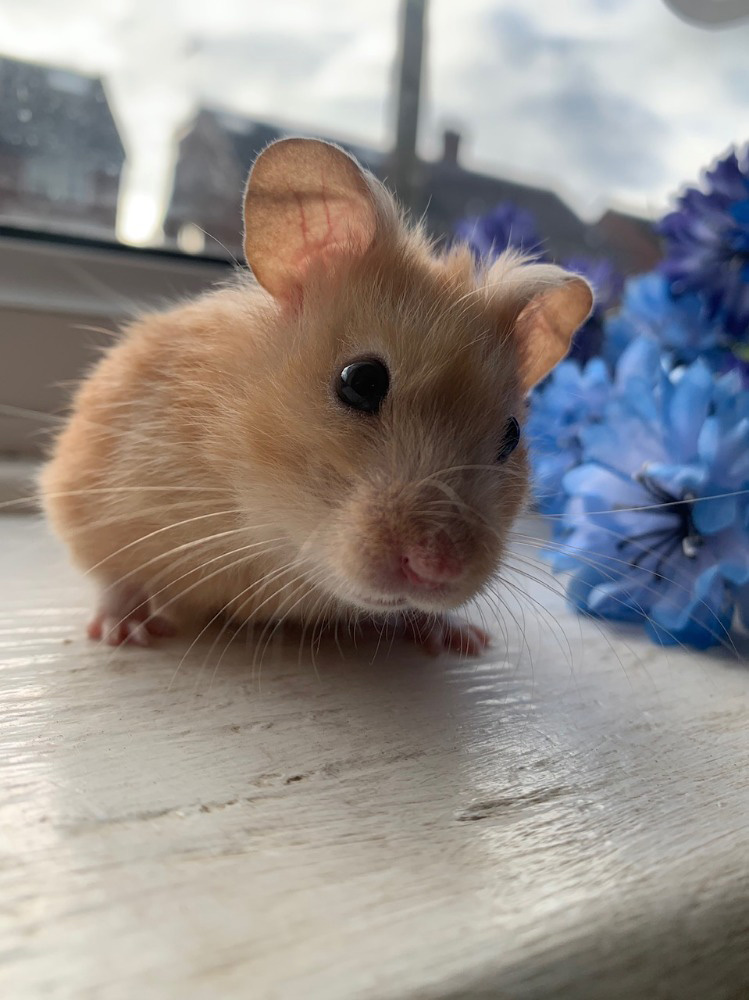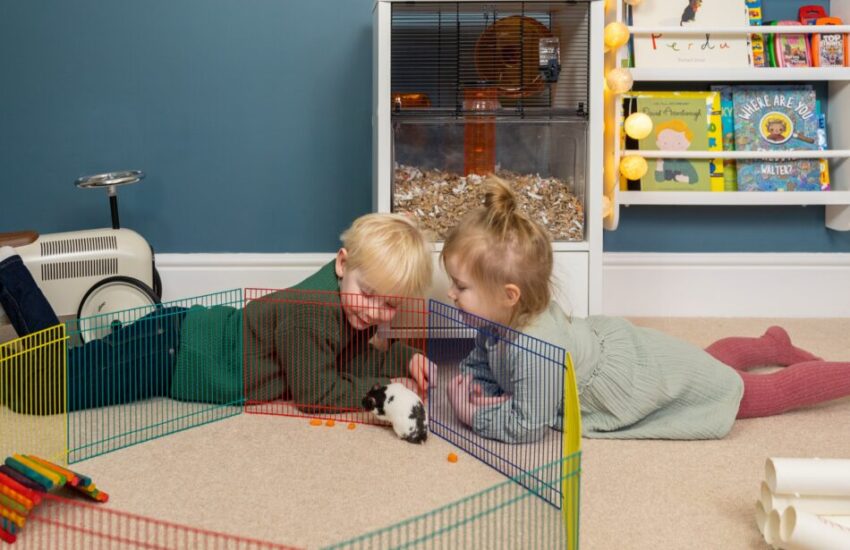Best Hamster Breeds for Teaching Children
Choosing the right hamster breed can make all the difference when teaching children about pet care and responsibility. Hamsters are not only adorable and fun to watch, but they also provide an excellent opportunity for kids to learn valuable lessons in empathy and care. In this article, we’ll explore the best hamster breeds suited for children, focusing on their personalities, care requirements, and how to bond with them effectively.
Child-Friendly Hamster Traits
When it comes to selecting a hamster breed for kids, specific traits are particularly appealing. **Child-friendly hamsters** tend to be social, relatively easy to handle, and have calm demeanors, which is essential when introducing children to pet care. It’s important to choose a breed known for its gentle nature and lower tendency to bite. These traits will help children feel confident in caring for their new furry friends.
Social and Gentle Breeds
Some of the most notable **social hamster breeds** include the Syrian and the Roborovski hamsters. Syrian hamsters, also known as golden hamsters, are popular for their friendly nature and ease of handling. They often enjoy human interaction and can form strong bonds with their owners. Roborovski hamsters, while slightly more active and a bit quicker, are still quite friendly and can be an excellent choice for children who are ready for a bit more activity. Having a gentle disposition generally makes these breeds suitable for young owners.

Miniature Breeds for Kids
While many families opt for Syrian hamsters, miniature breeds like the Campbell’s dwarf and Winter White dwarf hamsters are also excellent choices. These breeds are smaller, which can make them less intimidating for children. They are playful and often enjoy exploration. It’s vital, however, to supervise interactions between kids and dwarf hamsters, as they can be nippy if frightened. Teaching children how to interact with these tiny critters gently will create a positive experience for both.
Bonding with Your Hamster
Establishing a bond with a hamster can be a wonderful journey for both children and the pet. **Bonding techniques**, including gentle handling and consistent interaction, can significantly enhance the relationship. Children can engage in fun activities like allowing the hamster to explore their hands or gently offering treats such as fruits or veggies.
Handling Techniques for Children
Teaching kids the right way to hold hamsters is crucial. Start with showing them how to gently scoop the hamster with both hands, allowing the pet to feel secure and safe. Encourage them to keep their movements slow and calm to prevent startling the hamster. Children should be instructed not to pick up hamsters by their tails, as this can cause stress or injury. Moreover, holding a hamster close to the ground can prevent injury if they wriggle free from tiny hands.

Creating a Safe Environment
An important part of pet care is creating a safe, comfortable habitat for the hamster. Children should help by learning how to clean cages, change bedding, and ensure the habitat presents enough **enrichment activities** for the hamster, including tunnels, toys, and places to hide. A clean and engaging environment will enhance the wellness of the hamster, ensuring kids understand their role in caring for their pet responsibly.
Conclusion
Choosing the right hamster breed for children can lead to a fulfilling pet ownership experience. Breeds like Syrian and dwarf hamsters provide the right mix of companionship and easy handling, perfect for teaching kids about responsibility. By focusing on **gentle interaction**, proper handling techniques, and creating a safe environment, children can form lasting bonds with their new furry friends. Not only will kids learn about animal care, but they will also gain invaluable life skills.
FAQ
1. What is the best breed of hamster for kids?
The best breeds of hamsters for kids include **Syrian hamsters** for their friendly nature and **Roborovski hamsters** for their playful demeanor. Syrian hamsters are particularly good for handling, making them ideal for children learning about pet care.
2. How can I teach my child to handle a hamster safely?
To teach your child to handle a hamster safely, start with gentle scooping techniques using both hands and keeping the movements slow to not startle the pet. Remind them never to pick up a hamster by its tail and to always handle it near the ground in case it jumps.
3. Should children supervise their interactions with dwarf hamsters?
Yes, children should always supervise interactions with dwarf hamsters as they can be nippy if frightened. Teaching kids how to interact gently and positively is vital to ensure a good relationship.
4. What enrichment activities can I include in a hamster’s habitat?
Including enrichment activities like tunnels, chew toys, and hiding places will enhance a hamster’s living environment. Kids can help personalize the habitat, which allows for ongoing learning opportunities about the pet’s needs.
5. How often should a hamster’s cage be cleaned?
A hamster’s cage should be cleaned at least once a week, with some tasks, like changing bedding, potentially done more frequently. Involve children in the cleaning process so they can learn the importance of maintaining a healthy living space for their pet.
